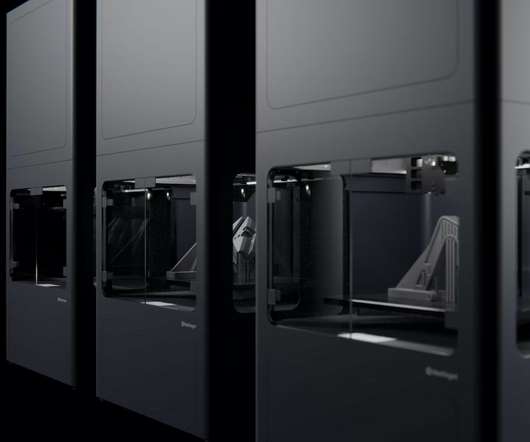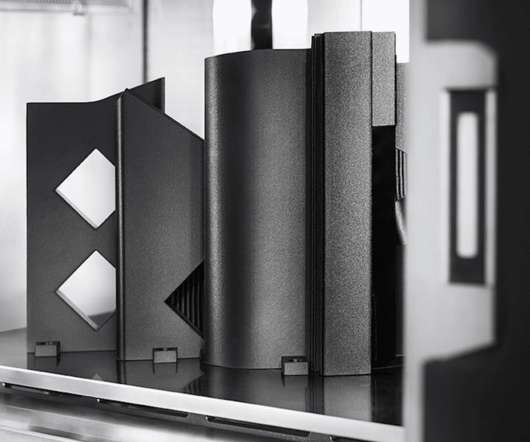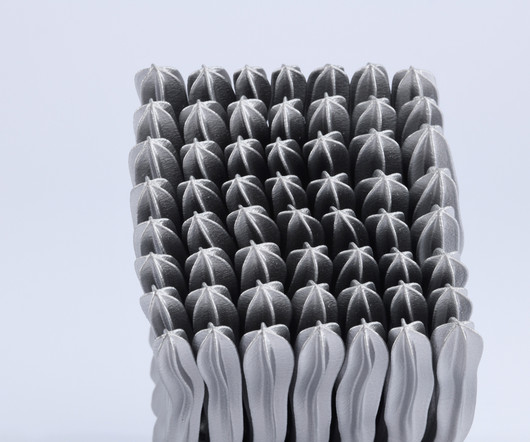Konica Minolta Australia: How 3D printing transforms the future of supply chains
AU Manufacturing
FEBRUARY 2, 2023
In an article released by Konica Minolta , the company identified the three primary reasons why industries are turning to 3D printing: reduced lead time, reduced costs and reduced transportation. The post Konica Minolta Australia: How 3D printing transforms the future of supply chains appeared first on Australian Manufacturing.











Let's personalize your content